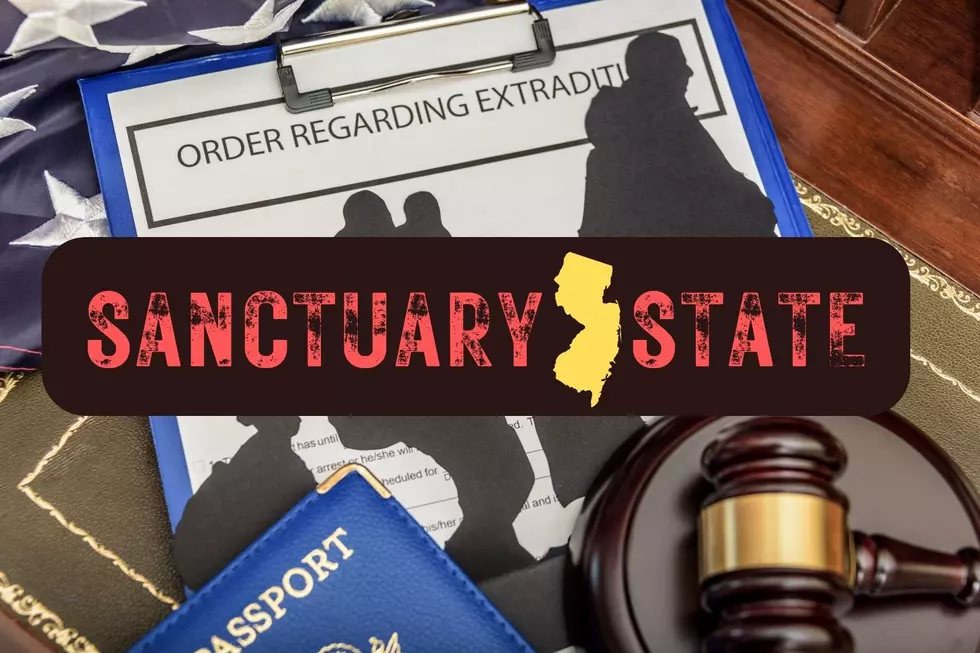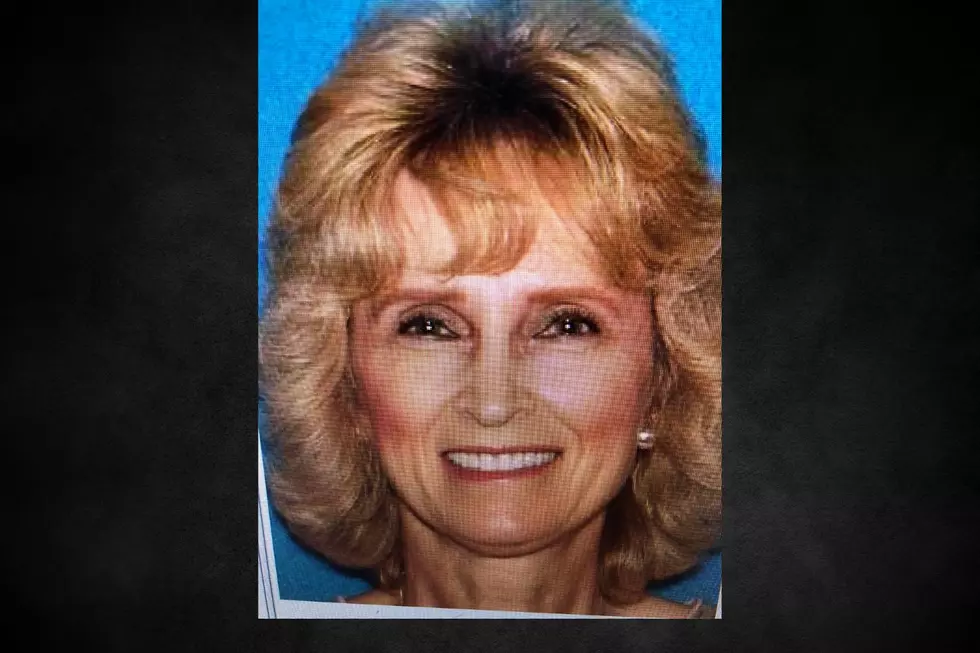
EMS Volunteer Shortage in New Jersey – What’s Wrong?
The envelope comes periodically from the Englishtown-Manalapan First Aid Squad, and I usually make my donation – whatever I can give, which these days isn’t much.
But I wonder how “vollies” or volunteer ambulance corps can survive on such meager donations, and still be able to do the lifesaving work they do.
Apparently the problem has gotten to the point where it could be lifethreatening.
An elderly woman critically was hurt and waiting for help, so why did it take more than a half hour for an ambulance to come?
It happened in a New Jersey suburb at 6:30 in the morning.
An elderly woman falls down the stairs, fractures her skull and injures her spine.
But it takes 34 minutes for the ambulance to arrive, not because of some mix-up, but because of a shortage of volunteers.
Francisco Reyes, the victim's son-in-law said, "We haven't been able to get an ambulance here, which is totally unacceptable."
When his mother-in-law fell down the stairs, Francisco Reyes immediately called 911.
His cell phone shows he made that call at 6:32 on Tuesday morning. He expected a quick arrival since The Hasbrouck Heights EMS squad is one mile from his house.
Police arrived in less than 10 minutes, in 15 minutes hospital paramedics which do not transport patients also arrived. But 25 minutes after his call there was still no ambulance and the injuries were life-threatening.
Reyes said, "They are replacing the oxygen, no ambulance here, no ambulance, and they are switching the oxygen already, it's ridiculous."
A picture taken with his iPhone shows an ambulance from the neighboring town, finally arrived 34 minutes after the 911 call. The Hasbrouck Heights EMS was unable to respond because it relies on volunteers, and when the call came in, they were unavailable.
Michael Kronyak, Borough Administrator said, "It's harder to get people who can dedicate the amount of time."
The borough administrator says it's been a struggle to staff the volunteer ambulance squad, in part, because of demanding training requirements.
"You can't just show up and say I want to join the ambulance and we say good, see you on the next call. It takes months of training," Kronyak said.
Several years ago, a report commissioned by the state Health Department found that a decline in volunteer membership has put New Jersey's EMS system in a state of near crisis.
Of course it didn’t help when back in 2009, then Governor Jon Corzine raided the EMS Training Fund to the tune of 4 million dollars to balance that year’s budget. If you recall, we rallied against that cut, but to no avail.
Calling Gov. Jon Corzine's proposal to redirect millions from the EMT Training Fund a "raid," more than 60 volunteer ambulance squads and nearly 300 people from throughout the state held a protest tonight on the Morristown Green.
Part of Corzine's proposed budget calls for the reallocation of $4 million from the fund to the general treasury in an attempt to relieve the budget crisis, officials said.
"It was a difficult decision. But we have to meet our constitutional obligation to balance the budget," said Tom Bell, a state treasury department spokesman.
"We found that there was a surplus of funds, and they can absorb the reduction without any programmatic impact," Bell said.
The fund helps maintain training for volunteer emergency medical technicians, Sandelli said.
Event organizers said it takes $3.5 million annually to train volunteer EMTs statewide.
Volunteers fear the cut will discontinue training and lead to dwindling membership at various EMS agencies, Sandelli said. It would also likely force volunteers to pay for their own training.
The average cost of a 120-hour EMT course has soared in the past decade from $200 to about $800, Sandelli said.
The EMT Training Fund was established in 1992, Sandelli said. The fund is endowed by a 50-cent surcharge on tickets for moving violations issued in New Jersey.
"It was dedicated to us, and dedicated funds should be left for the purposes they were intended for," Sandelli said.
But state legislators in attendance at the rally said less training potentially puts lives at risk.
"Who is more vulnerable than a person in need of emergency medical services?" said Assemblyman Michael Patrick Carroll (R-25th Dist.).
A spokesman for the governor said the cuts were unavoidable.
Too little money for squads? Too much money and time to train? Too little time to volunteer due to the economy.
I’m sure these are all contributing factors.
Comments, suggestions, please give us yours.
More From New Jersey 101.5 FM









